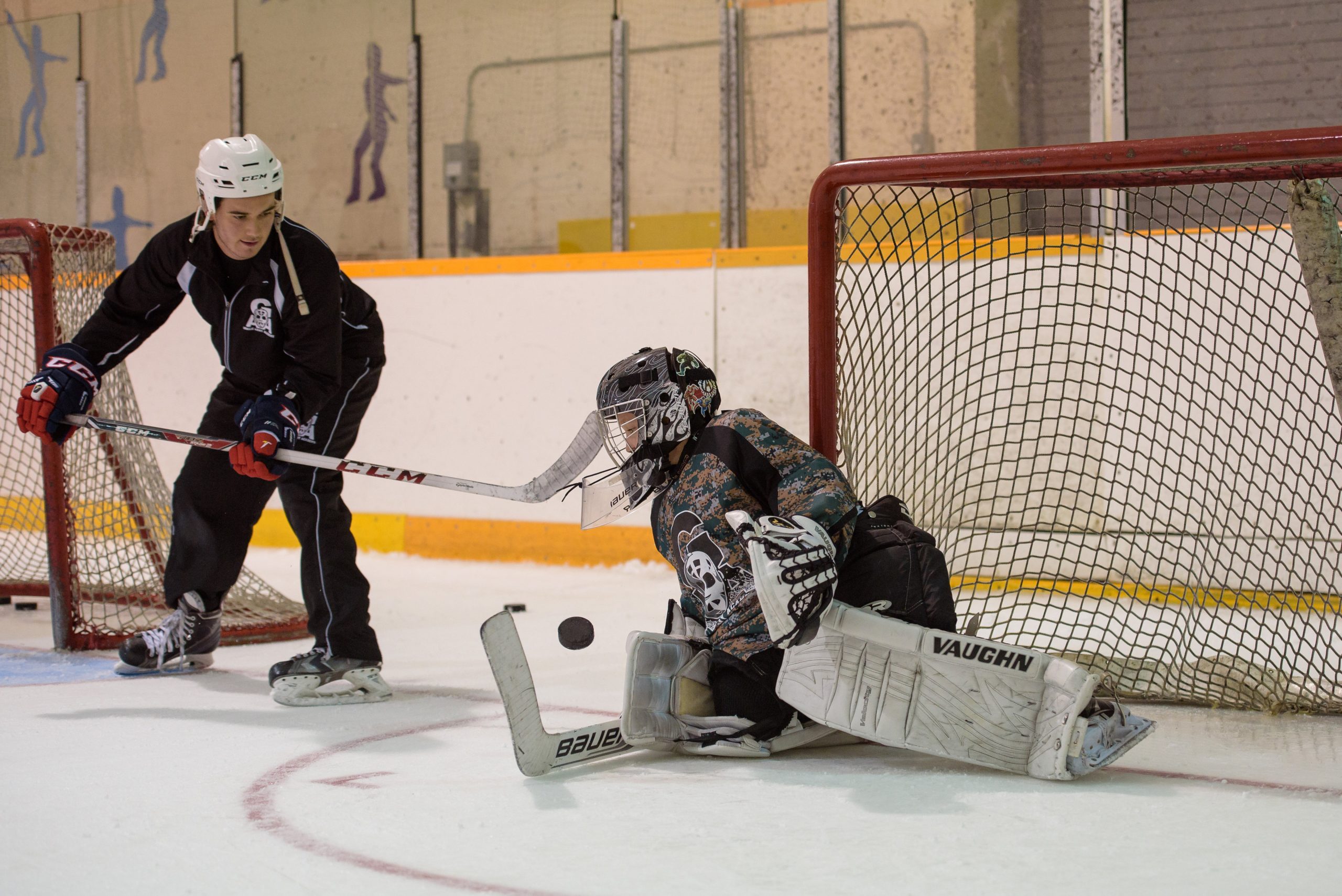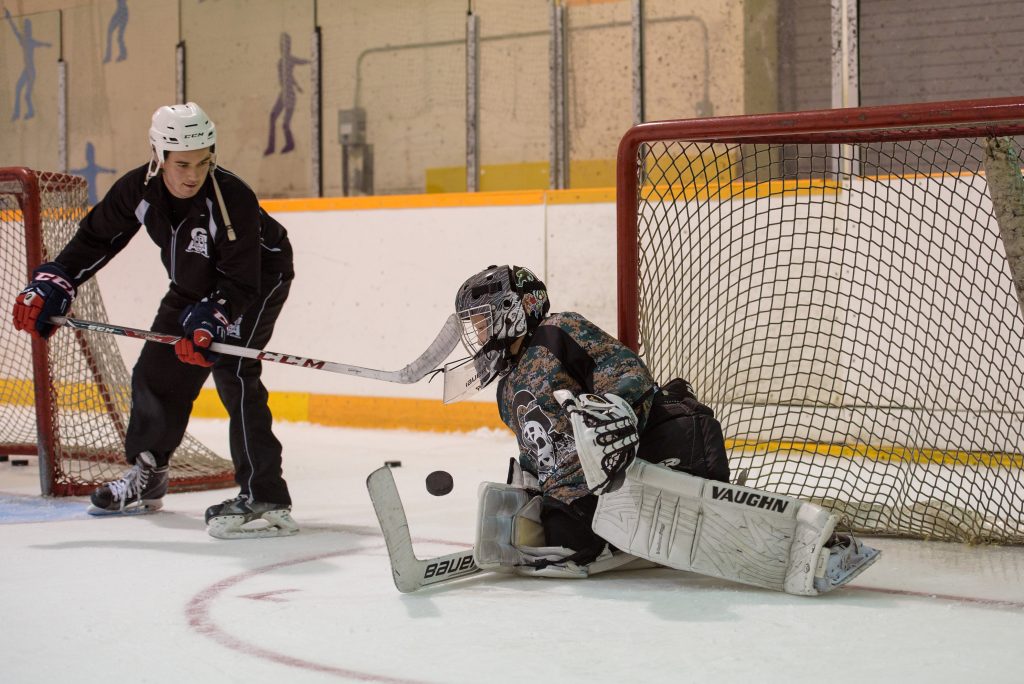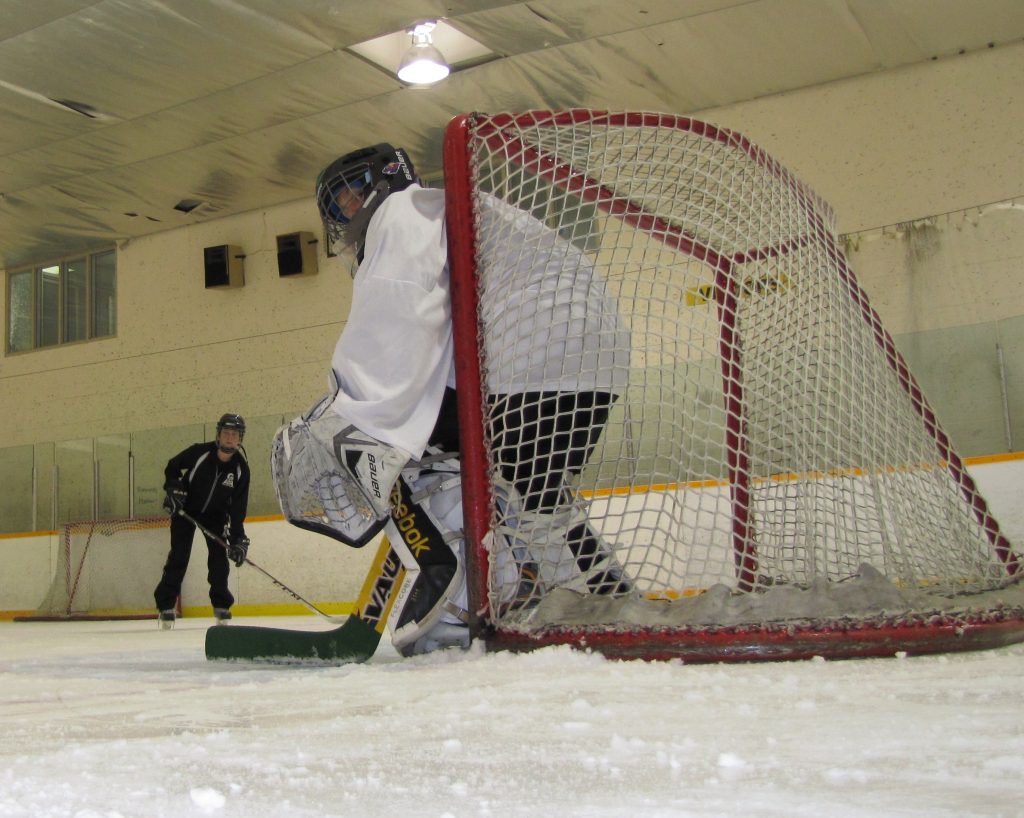
Goalie Training Tips: Behind the Net Reversals
We often say at our goalie training sessions: There is no right or wrong way of stopping pucks – but there may be a way to be more efficient at doing so. Like stopping pucks, tracking efficiency for behind the net plays is essential to the goaltender’s game. However, if you’re making some of these common mistakes, you may be leaving yourself open for more goals against.
 If being a goalie was easy, then there’d be a lot more hockey players playing the position. So why do goalies play behind the net situations as if there’s only one strategy of doing so. Is every situation the exact same for us as soon as the puck becomes located below the goal line? Definitely not!
If being a goalie was easy, then there’d be a lot more hockey players playing the position. So why do goalies play behind the net situations as if there’s only one strategy of doing so. Is every situation the exact same for us as soon as the puck becomes located below the goal line? Definitely not!
There’s no shortage of goalies who spend too much time sliding around on their knees along the goal line. Whether it’s from a ready stance into a Reverse Vertical Horizontal (RVH), bumping from one post to another, or even staying put at the post position in the RVH while the puck is located in the deep corner, you could be putting yourself at risk for an unnecessary goal.
But is playing a stand up game going to help you? Not all of the time. Therefore, it’s extremely important for goalies to understand the potential for a wrap-around threat versus a passing threat.
Segmenting Below the Goal Line
Goalies must develop an in-depth understanding of how to position themselves while timing a behind the net threat. Utilizing specific markers which enable them to have a process for dealing with tracking, timing, and cutting off passes.
We spend a lot of time on this (see our article: Behind the Net for a more in-depth breakdown of the 4-Windows) for our students at our goalie training sessions because many scoring opportunities originate from below the goal line. By practicing this area of the game with plenty of repetitions along with technical and tactical coaching, the exercises performed at our goalie training sessions eventually become easy to recognize when our students are faced with these situations during their games.
There’s a lot to consider in this area such as knee bends, loading power, head turn timing, etc.
Neutralizing Threats
 The post position is essential for goalies as it allows goaltenders to neutralize portions of the defensive zone with their stick and glove. The utilization of proper stick and glove positioning will enable the goaltender to neutralize any passing threats through their crease, resulting in less cross-crease movement.
The post position is essential for goalies as it allows goaltenders to neutralize portions of the defensive zone with their stick and glove. The utilization of proper stick and glove positioning will enable the goaltender to neutralize any passing threats through their crease, resulting in less cross-crease movement.
If you’re interested in a more in-depth understanding of stick and glove positioning at the post position as well as the ability to cut off passing threats, please see the following articles:
Understanding Body Language
As goalies, we have to watch the puck. But just like reading the puck off of the shooter’s stick, goaltenders must analyze the puck carrier’s momentum, hand placement on their stick, and skate angles in order to determine whether we can afford to stay on our feet, or whether to slide or drop into an RVH at the post position.
In order to accurately read the puck carrier’s body language, we must ensure that we don’t lose sight of him and/or the puck at the most crucial times, and although potentially losing sight of the puck can be stressful for a goaltender, we must remain patient and calm.
Had the goaltender not turned his head while in motion away from the post, and instead been more patient, he would have seen that the puck carrier below the goal line was not in a position which he could have performed a wrap-around. This was because the defense was positioned between the puck carrier and the net.
The goaltender may have been able to see that the puck carrier’s skates were not in a position which would’ve allowed him to perform a wrap-around, nor were his hands in a position which would’ve allowed him to beat him to the post while reaching ahead of himself with the puck on his stick.
Summary
This sequence of events may have happened quickly. But the goal was caused by the goaltender having become too comfortable with consistently playing behind the net plays the same way. By doing so, goaltenders build poor habits, and stop considering all of the variables and threats in play.
Want to learn how to time your movement to keep up with wrap-arounds while gaining an understanding for the game and building behind-the-net patience? Join us at some of our goalie training sessions.


Leave a Reply